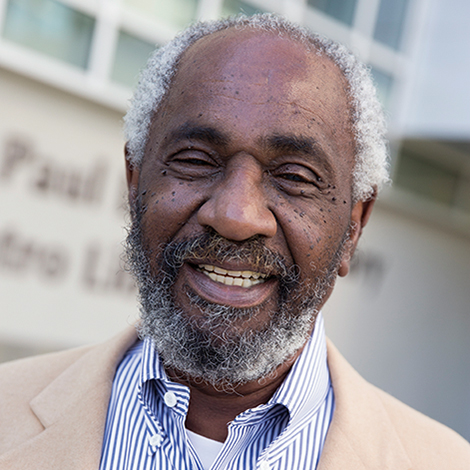

The belligerent, often toxic atmosphere of the 2016 presidential election made nonpartisan discussions of the issues a challenge for ordinary citizens. Media battles raged, viral videos ruthlessly mocked, friends were unfriended.
Political Science Professor Robert C. Smith, author or co-author of 10 books including Polarization and the Presidency, From FDR to Barack Obama, says the current climate is the result of a country evenly divided across ideologically distinct positions. Those deep divisions can, at least in part, be attributed to the Obama presidency, he says. The majority-minority coalition that put Obama into office makes him “the most polarizing president on record,” Smith says, “partly because some people just can’t countenance a black president, and partly because he pushed a liberal-progressive agenda.”
Today’s “niche media” further fuels divisions, Smith says. “It’s easier to stoke fears and create a backlash than it is to do the opposite,” he says, adding that people tend to channel their opinions ideologically, through media that is exclusively either conservative right or liberal left. To counter such myopia, Smith encourages citizens to expose themselves to views that dif- fer from their own, though he acknowledges that’s not likely.
Short of Bernie Bros starting a Fox News habit, Smith advises all citizens to seek evidence-supported information during each election season and beyond, even if it’s unflattering to their candidate or position. “Deal in facts. Sometimes the facts tilt in one partisan direction, sometimes in another,” he says. “There’s no need to artificially adhere to notions of ... nonpartisanship. If one candidate is saying things that are unprecedented, then you have to call attention to that. That’s true in the classroom and that’s true in the newsroom.”
Watch video of Smith discussing the rise of political polarization in the United States.